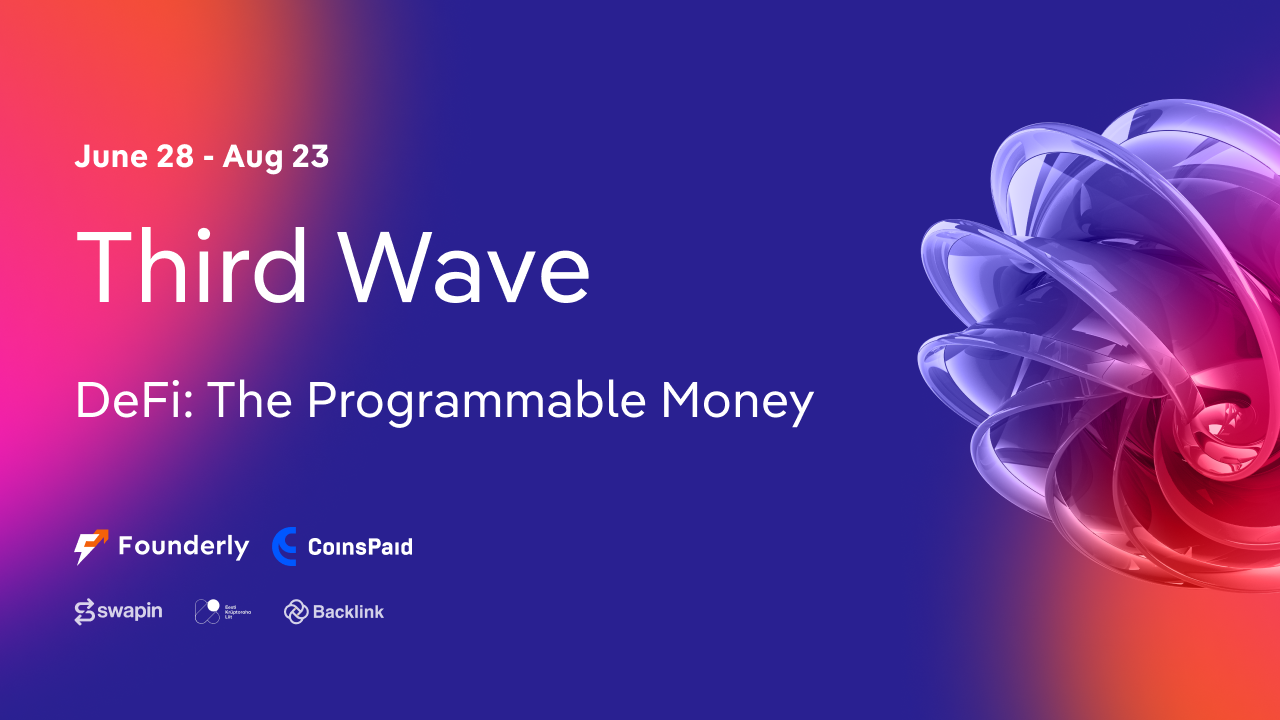DeFi: The Programmable Money

DeFi, explained
Decentralized finance (DeFi) is a broad term given to financial services that are built on top of the foundations laid by blockchain technology, primarily Ethereum. With DeFi, you can do most of the things banks support—earn interest and lend money, trade derivatives and assets—but faster and without a third party.
DeFi services may be available to users in a variety of ways, including through centralized web applications, permissionless interfaces such as programmable wallets, or smart contracts. DeFi providers may be traditional companies or non-profit organizations, or they may be decentralized autonomous organizations.
DeFi projects have a Total Value Locked (TVL) of $90 billion, according to DeFi Llama data. At the peak of the bull market, this number was reported to be $251.56 billion.
The Essential DeFi Terminology
Below are some brief explanations of some key terms used in the DeFi space.
AML — Anti Money Laundering. It's a framework of laws and regulations designed to prevent criminal activity.
AMM — Automated market makers (AMMs) make it possible for digital assets like cryptocurrencies to be traded without human intervention or the need for a traditional market of buyers and sellers.
CeFi — Short for centralized finance, is a new way of saving, borrowing, and spending the money.
TradFi — The nickname for traditional finance and centralized finance institutions like banks.
CEX — Short for centralized exchange, such as Coinbase and Kraken.
DEX — A decentralized exchange (or DEX) is a peer-to-peer marketplace where transactions occur directly between crypto traders.
TVL — Total value locked (TVL) is a measure of the amount of money that has been deposited in a DeFi platform. A higher TVL means greater liquidity and confidence in a DeFi exchange.
The European Central Bank recently released a report comparing decentralized finance (DeFi) to traditional financial services (TradFi), identifying many similarities and differences between the two and offering potential mitigants to risks associated with DeFi.
The decentralized finance space is new and still evolving, so the full potential of DeFi remains to be seen.